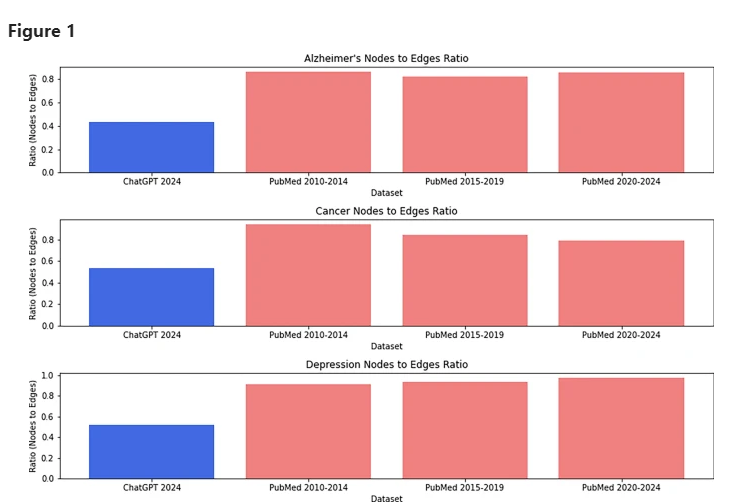In academia, the proliferation of false papers has become a serious problem, seriously hindering the progress of scientific research and the dissemination of knowledge. To address this challenge, researcher Ahmed Abdin Hameed from Binghamton University in New York State developed a machine learning algorithm called xFakeSci, which can effectively identify fake academic papers and provide Maintaining academic integrity provides new technical means. This article will deeply explore the principles, applications and future development directions of the xFakeSci algorithm, showing its huge potential in combating academic fraud.
In today's era of information explosion, especially in the field of scientific research, the emergence of fake papers is hard to guard against.
Recently, Ahmed Abdeen Hamed, a researcher from Binghamton University in New York State, developed a machine learning algorithm called xFakeSci, which can identify with an accuracy of up to 94% Forged academic papers .
Hameed said that his main research direction is biomedical informatics, and during the epidemic, fake scientific research articles appeared in endlessly.
He and his team conducted a large number of experiments, produced 50 fake articles on three popular medical topics: Alzheimer's disease, cancer and depression, and conducted comparative analysis with real articles on the same topic. In this way he hopes to discover differences and patterns.
During the research process, Hameed extracted relevant literature by using the PubMed database of the National Institutes of Health and used the same keywords to request ChatGPT to generate papers. His intuition told him that there must be some pattern between the fake and real papers.

Node to edge ratio for different datasets ChatGPT and scientific articles.
After in-depth analysis, the xFakeSci algorithm mainly focuses on two major features: first, bigrams in the article, such as “climate change”, “clinical trial”, etc., and secondly, the association of these bigrams with other words and concepts.
He found that the number of double-word combinations that appeared in the fake papers was significantly lower than that in the real papers, even though these combinations were closely related to other content in the fake papers.
He pointed out that AI-generated papers are often designed to convince readers, while the goal of human researchers is to truthfully report experimental results and methods.
In the future, Hamed plans to expand the xFakeSci algorithm to more fields, including engineering, science and humanities, to verify whether the characteristics of fake papers are consistent. He emphasized that with the continuous advancement of AI technology, it will continue to become more difficult to identify true and false papers. Therefore, designing a comprehensive solution is particularly important.
Although the current algorithm can detect 94% of fake papers, 6% of fake papers may still slip through the net. He humbly said that while important progress has been made, continued efforts are still needed to improve recognition rates and increase public awareness.
Paper entrance: https://www.nature.com/articles/s41598-024-66784-6
Highlight:
** The new tool xFakeSci can identify fake scientific research papers with an accuracy of up to 94%, protecting scientific research. **
? ** Researchers produced a large number of fake papers and compared them with real papers and found that there were significant differences in writing styles between the two. **
** In the future, the application scope of the algorithm will be expanded to meet the increasingly complex challenges of AI generated papers. **
The emergence of the xFakeSci algorithm provides a powerful weapon for combating academic fraud, but it still needs to be continuously improved and improved. The advancement of technology and the maintenance of academic integrity require joint efforts to create a healthier academic ecosystem.